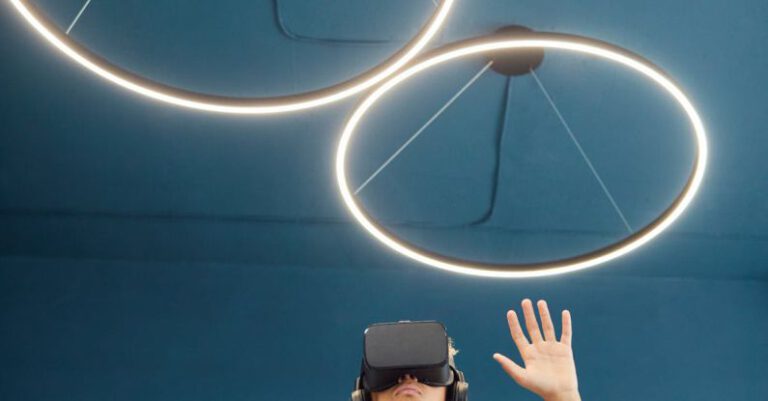Education Savings Accounts: What Parents Need to Know
Saving for your child’s education is one of the most important investments you can make in their future. With the rising costs of tuition and fees, many parents are turning to Education Savings Accounts (ESAs) as a way to prepare for their child’s educational expenses. If you are considering opening an ESA for your child, here is what you need to know.
Understanding Education Savings Accounts
Education Savings Accounts, also known as Coverdell Education Savings Accounts, are tax-advantaged accounts designed to help families save for their child’s education expenses. These accounts can be used to cover qualified education expenses for elementary, secondary, and higher education institutions. Contributions to ESAs are not tax-deductible, but the earnings grow tax-free, and withdrawals for qualified education expenses are also tax-free.
Benefits of Education Savings Accounts
One of the main benefits of ESAs is the tax advantages they offer. By contributing to an ESA, you can grow your savings tax-free, allowing your money to work harder for your child’s education. Additionally, withdrawals from ESAs for qualified education expenses are not subject to federal income tax, providing a significant savings opportunity for families.
Another advantage of ESAs is the flexibility they provide. Unlike 529 plans, which are limited to higher education expenses, ESAs can be used for elementary and secondary education expenses as well. This means that you can start saving for your child’s education from a young age and use the funds for a variety of educational needs.
Opening an Education Savings Account
To open an ESA, you will need to choose a financial institution that offers these accounts, such as a bank, brokerage firm, or mutual fund company. Once you have selected a provider, you will need to complete the necessary paperwork to open the account. You can typically contribute up to $2,000 per year per child to an ESA, and anyone can make contributions on behalf of the child, including parents, grandparents, and other family members.
Using Funds from an Education Savings Account
When it comes time to use the funds from your child’s ESA, it is important to ensure that the expenses are qualified education expenses. These can include tuition, fees, books, supplies, and equipment required for enrollment or attendance at an eligible educational institution. If the funds are used for non-qualified expenses, you may be subject to taxes and penalties on the earnings portion of the withdrawal.
Monitoring and Managing Your Education Savings Account
Once you have opened an ESA for your child, it is important to regularly monitor and manage the account to ensure that you are on track to meet your savings goals. Reviewing the performance of your investments, adjusting your contributions as needed, and staying informed about changes in education expenses can help you make the most of your ESA.
Conclusion: Planning for Your Child’s Future
Education Savings Accounts can be a valuable tool for parents looking to save for their child’s education. By understanding the benefits of ESAs, opening an account, using the funds wisely, and actively managing the account, you can help set your child up for a successful future without the burden of overwhelming student debt. Start planning for your child’s education today with an ESA and give them the gift of a bright and promising future.






